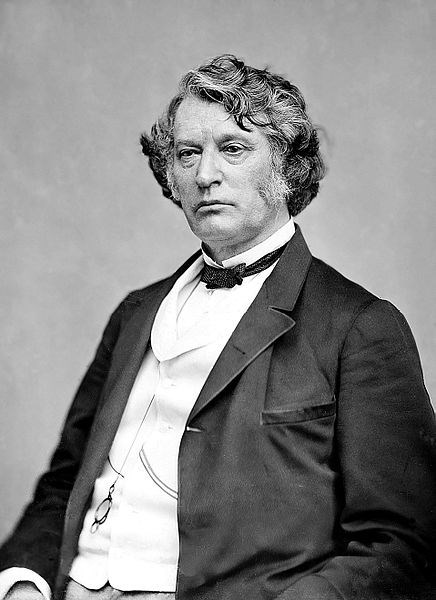Part of a series of articles titled Lowell, Story of an Industrial City.
Article
Lowell, Story of an Industrial City: Lowell's Southern Connection

From the Brady-Handy Collection, Library of Congress. Public Domain. (https://commons.wikimedia.org/wiki/File:Charles_Sumner_Brady-Handy.jpg)
Dependence on slave grown cotton and moral indignation over slavery coexisted uneasily in Lowell in the years before the Civil War. Many Lowell residents were uncomfortable enough about slavery that they opposed its extension into western territories. Most, however, fearing the mounting sectional conflict, probably would have supported a compromise that accepted slavery where it already existed. But when war broke out, the Union cause and the abolitionists’ cause merged. Its "Southern connection" broken, the city lined up behind Lincoln's Emancipation Proclamation and the Union war effort.
---
From: Dublin, Thomas. 1992. Lowell: the story of an industrial city: a guide to Lowell National Historical Park and Lowell Heritage State Park, Lowell, Massachusetts. Washington, D.C.: Division of Publications, National Park Service, U.S. Department of the Interior.
Last updated: June 15, 2018
